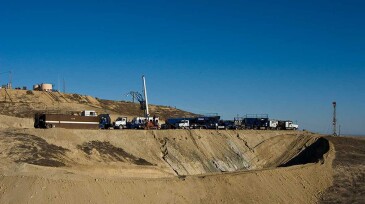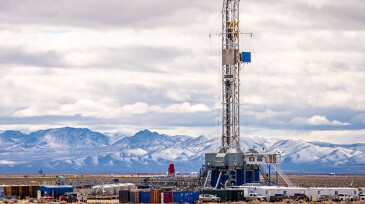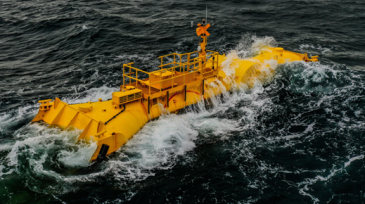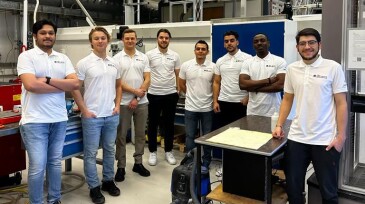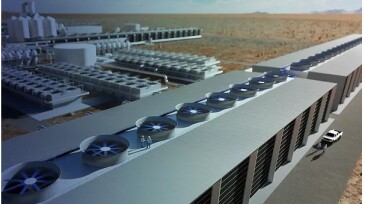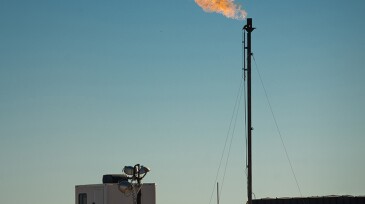R&D/innovation
Sponsored
As HPHT wells push equipment to the edge of material limits, operators are turning to advanced thermoplastics and sealed electrical assemblies to maintain system integrity. From ESP insulation to BOP control systems, the right component design can prevent failures, lower intervention costs, and extend equipment life in the harshest offshore environments.
SPE member Silviu Livescu has been chosen to receive the award in recognition of his groundbreaking contributions to next-generation, low-enthalpy geothermal energy systems, which are enabling widespread, cost-effective building heating and cooling solutions.
Technology developers expect the tight-oil industry to give lightweight proppants another look after the Permian Basin’s biggest operator becomes an adopter.
-
A new study from Saudi Aramco shows that the answer to the industry's billion-dollar corrosion problem might be sitting in your medicine cabinet.
-
We’re only days away from the kick-off of the SPE Annual Technical Conference and Exhibition, the leading event for global E&P professionals, in San Antonio, Texas. Join a global community to help energy professionals navigate the shifting global energy landscape with a focus on innovation in energy and technology developments.
-
Oxy’s 1PointFive subsidiary and ADNOC plan to assess the feasibility of building the first megaton-scale DAC facility outside of the US.
-
Part 4 of this series provides an overview of ongoing research and recent technology improvements within the US taking place in both academia and the service industry.
-
Fervo Energy’s bet that fracturing methods can be used for geothermal power is looking like a winner.
-
Wave power plus a subsea battery can be a reliable source for subsea operations, to a point.
-
The winners of this year’s Drillbotics competition are teams from the University of Stavanger and Clausthal University of Technology. Thirteen teams registered last fall, coming from seven countries spanning four continents.
-
The projects are expected to remove more than 2 million metric tons of CO2 emissions annually from the atmosphere.
-
SponsoredThe Wyoming Gas Injection Initiative (WGII) makes available $22 million of matching funds from the State of Wyoming to implement, in close collaboration with oil and gas operators and Dow, multiple field pilot projects in the State of Wyoming. The Initiative will fund projects over a 3- to 5-year period to support developments with significant potential to enhance wel…
-
Operators share emissions-mitigation research insights amid calls to accelerate to meet 2030 goals.







